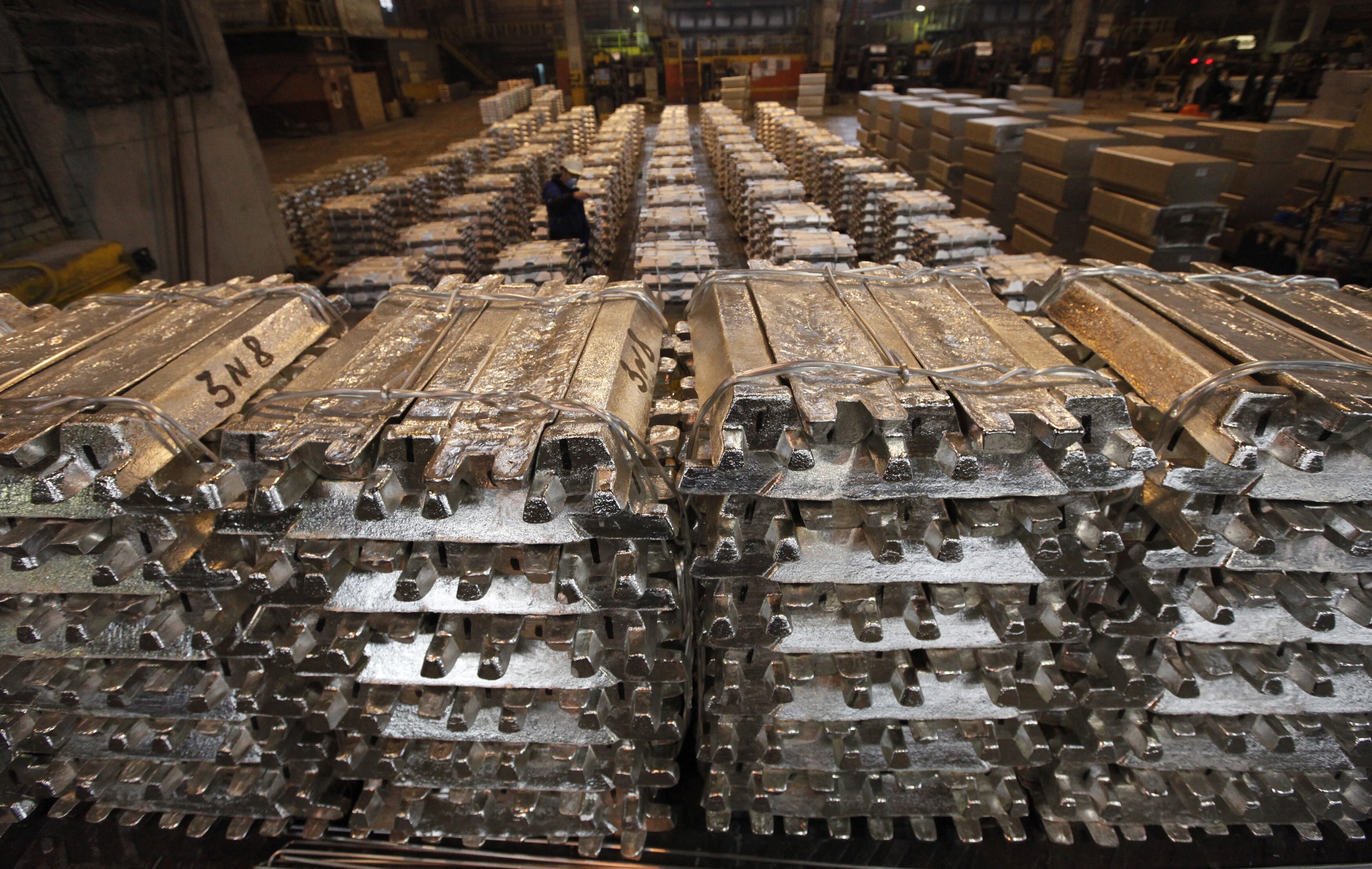

The global commodities landscape is witnessing a significant shift as investment funds retreat from copper, citing heightened volatility and policy uncertainties, and increasingly turn their attention to aluminium.

Image for representational purposes only
The US government's initiation of a Section 232 investigation into copper imports has introduced considerable turbulence into the copper market. This probe has led to pronounced price fluctuations and a notable decline in market participation. Specifically, fund positioning on the CME copper contract has decreased from 134,000 to 82,000 contracts, with both long and short positions being reduced.
This instability has diminished copper's traditional role as a reliable economic indicator, prompting bearish funds to seek alternatives. Aluminium has emerged as a preferred option, offering a comparatively stable investment environment. Unlike copper, aluminium markets have been less affected by US trade policy shifts, partly due to the structure of the CME's aluminium pricing.
In response, fund managers have significantly increased their short positions on LME aluminium while reducing bullish positions, leading to a neutral overall sentiment. This strategic migration has resulted in diverging price trends: LME copper has rebounded 17 per cent from April lows, whereas aluminium has seen a modest 6 per cent recovery.
Despite declining LME aluminium inventories and narrowing time-spreads, fund managers continue to view aluminium as a safer investment compared to the ongoing turbulence in the copper market.
Responses








